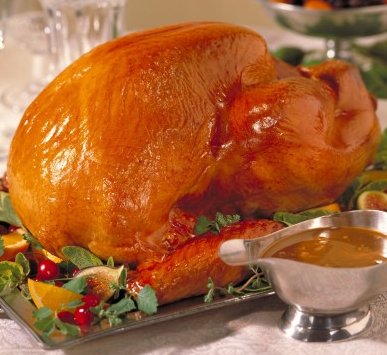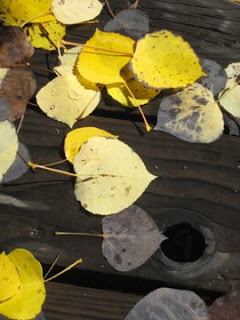
I had an interesting conversation with my daughter Louisa (12) on our way home from our Friday Fun Classes (our homeschool activity). She and another homeschooled girl had been talking about if other kids would like them more, and if they’d be better accepted at church and fit in more . . . if they just went to public school. Afterwards Louisa began to talk to me as we drove along: “I know how to fit in, but I can’t fit in, Mom, because it would hurt.”
“You’d feel pain?” I questioned her, feeling somewhat surprised. I thought it would be a relief to her to know how to feel more at ease with her peers.
“If I say a bad word, it hurts. It hurts me all day. I feel so bad. It just isn’t worth it”, Louisa confessed.
That set me to thinking. We try to raise our kids to be good, to have high standards, to please the Lord in all that they say and do. We put a huge amount of effort into that training. And yet, faced with “to fit or not to fit”, Louisa was telling me that her childhood training—all my years of teaching her how to be upright—made it impossible to say the words that would make her “fit” more easily in a public school setting. If she wanted to “fit in”, she would have to deny the person I had taught her to be.
Louisa takes just one class at school every other day, at my insistance. She loves homeschool and we have a great time learning together, but since she is my last child, I wrestle with the notion that she needs to get out of the house and go to school a little bit. Louisa has described to me her “take” on what makes for popularity in junior high school. She thinks she knows how to be “in”, but it wouldn’t be a very comfy fit for her, she feels. As she sees it, the requirements include dressing trendy and fashionably, being disinterested in learning, being immodest, and acting catty and “butt-sy” (pushy), acting disrespectful of teachers, showing a big interest in boys and sex and doing a lot of outrageous and unlady-like flirting, saying you hate school, texting your friends all through class without letting the teacher see, talking critically of parents, breaking rules whenever possible, treating your siblings like enemies, not being too smart, and being so saturated in the popular music and PG-13 movies of the current teen culture that you can easily recite movie lines. This is how she feels she would have to act to be well accepted and popular in our current world, outside of her circle of homeschooled friends.
It is so eye-opening to listen to our kids. We learn so much, don’t we? I can see through her eyes how it must feel. Whether it is accurate or not, it is her reality. We teach our kids to have high standards and be good Christians, and yet the culture in general (including other adults, neighbors, maybe even Sunday school teachers, and sometimes even ourselves) may give our teens a conflicting message: “Be a good Christian, keep high standards, but do fit in with your peers, with the world, and be popular”. Sometimes that is asking too much. Sometimes it would hurt too much.
I’m still thinking about what Louisa said.









